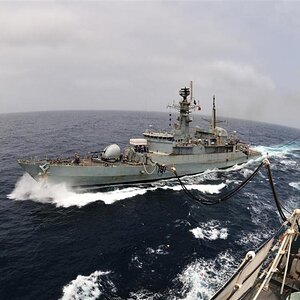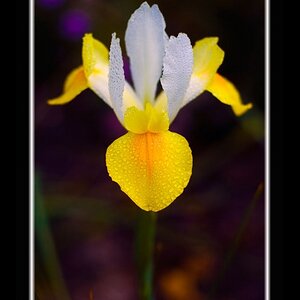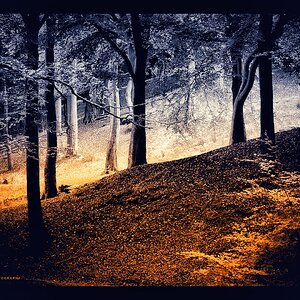Ben1989
TPF Noob!
- Joined
- Jan 23, 2017
- Messages
- 43
- Reaction score
- 18
- Can others edit my Photos
- Photos OK to edit
Hi everyone,
I have a Nikon D3200 which unfortunately doesn't have an auto-bracketing feature. I'm wanting some advice on how to get the best HDR photos without this?
I have a tripod and a remote if that helps anyone with their advice.
Many thanks, Ben
I have a Nikon D3200 which unfortunately doesn't have an auto-bracketing feature. I'm wanting some advice on how to get the best HDR photos without this?
I have a tripod and a remote if that helps anyone with their advice.
Many thanks, Ben



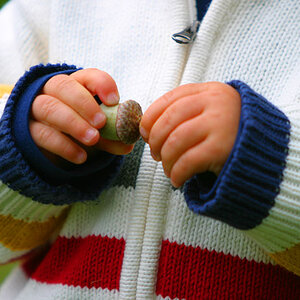
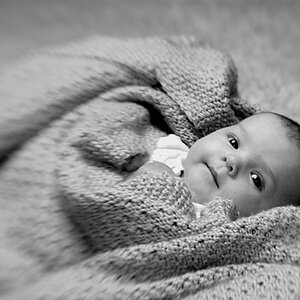
![[No title]](/data/xfmg/thumbnail/40/40307-b3813381d3c1ef8282c72905405b50fe.jpg?1619739413)
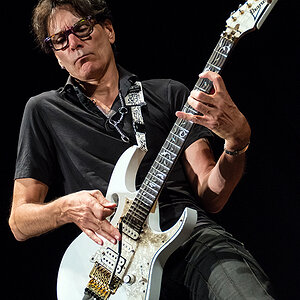
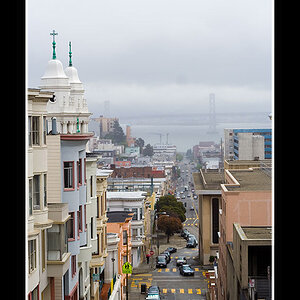
![[No title]](/data/xfmg/thumbnail/35/35955-01e9c8140cdcaac10d227d68e42ac0d4.jpg?1619737267)
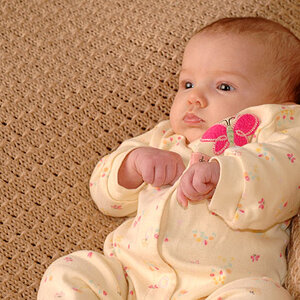
![[No title]](/data/xfmg/thumbnail/39/39271-04ff6ce1fbcda2b0d41ad7ee08cff91a.jpg?1619738950)
![[No title]](/data/xfmg/thumbnail/35/35953-1a8b92df0115ff7026f31b78855ac815.jpg?1619737264)
